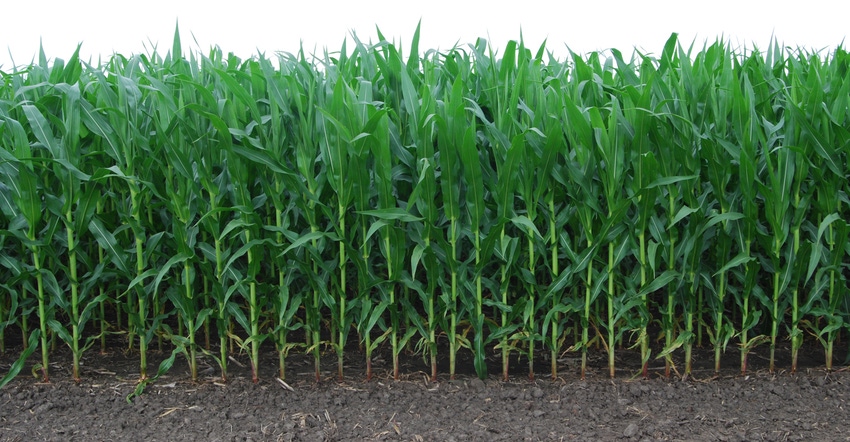December 7, 2018

Faster conversion of land into agricultural production in recent years in the Corn Belt has raised the region’s carbon cost of producing grains, according to recently published research from an Iowa State University scientist.
The study, published in the academic journal Environmental Research Letters, shows that increases in crop production due to expanding acreage devoted to agriculture in five Midwest states between 2006 and 2016 has reduced the region’s soil carbon content. The reduced carbon storage capacity means some carbon that once resided in the soil and plant life is released into the atmosphere instead. Because carbon is a component of greenhouse gases such as carbon dioxide and methane, its transfer from the ground into the atmosphere can contribute to climate change, while keeping it stored, or sequestered, in the ground takes the carbon out of circulation and slows the greenhouse effect.
“When people think of land-use changes with environmental and climate consequences, much attention has been paid to tropical deforestation or drained peatlands,” says Chaoqun Lu, assistant professor of ecology, evolution and organismal biology and lead author of the study. “Intensive and extensive farming in the U.S. Corn Belt can have environmental and climate outcomes that demand our consideration as well.”
Crop production must grow, to meet rising global demand for food, Lu says. Meeting that demand will require either what the researchers call “intensive” farming practices that will increase yields per acre, or “extensive” farming practices that will expand the available acres for cultivation, or both. Studies across the world have argued that expanding cropland for additional production may lead to loss of plant and soil carbon and threaten the survival of wildlife. That’s because newly expanded cultivation usually clears land, disturbs the soil and releases carbon stored in the ground, Lu says.
Ag’s carbon footprint measured
The researchers used an index of agricultural carbon footprint to measure the carbon cost of per-unit grain production and the reasons responsible for its change in the western Corn Belt. The study shows those changes factored into the region’s grain production shifting from carbon neutral to carbon loss during the most recent decade, meaning the region emits more carbon when producing per unit of grain than it did in previous decades. The study found that for every kilogram of additional grain yield added during the 2006-16 period, the region’s soil lost 2.3 kilograms of carbon.
The study analyzed satellite products and reconstructed historical data on land use changes in Iowa, Minnesota, South Dakota, North Dakota and Nebraska over a period of decades. The researchers then used a computer-based ecosystem model to distinguish and quantify how land use, agricultural management practices and natural drivers such as climate change have affected crop production as well as carbon storage.
More land converted to production
Lu says the study found the area of natural vegetation converted to ag production tripled during the decade between 2006 and 2016 compared to the period between 1980 and 2005. Much of those land-use changes occurred in the Dakotas and Minnesota as grasslands and wetlands were converted into farm fields. Such changes were estimated to cause a net soil carbon loss, offsetting 12% of the reported land use-induced carbon sink in North America in the same period.
“The enlarging negative carbon footprint indicates the major role that cropland expansion has had on the carbon cost of grain production in this region,” the study notes.
ISU researchers contributing to the study are Zhen Yu, postdoctoral research associate in ecology, evolution and organismal biology; Mahdi Al-Kaisi, professor of agronomy and Extension soil and water specialist; Yuyu Zhou, assistant professor of geological and atmospheric sciences; and the late Raymond Arritt, former professor of agronomy. The full study is available at iopscience.iop.org/article/10.1088/1748-9326/aae9fe/meta.
Source: Iowa State University
You May Also Like




